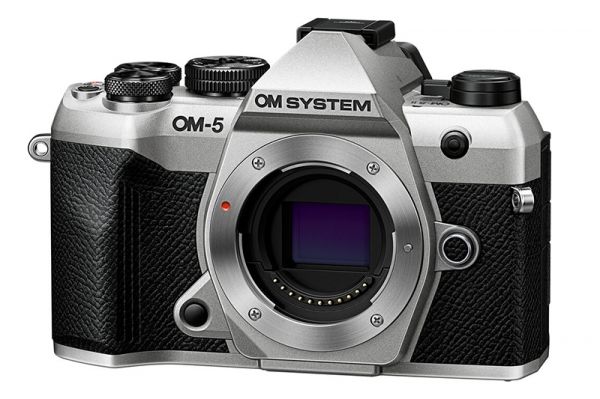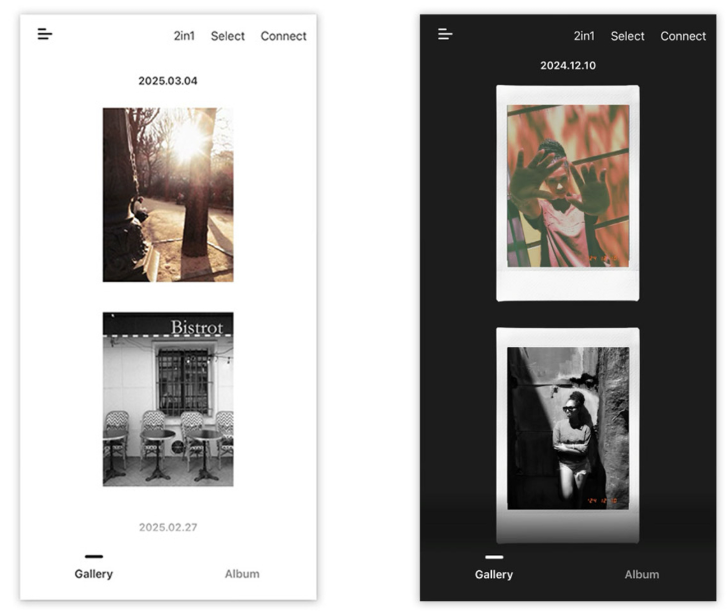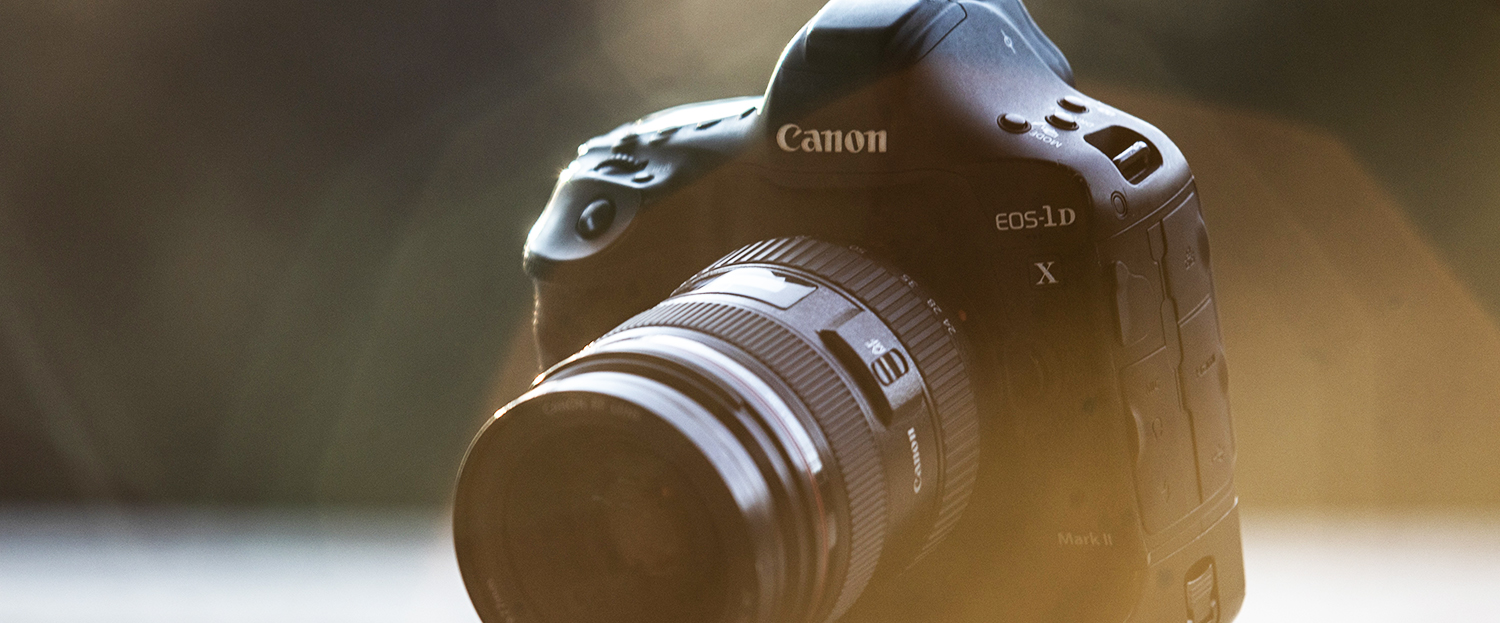[ad_1]
OM System has announced the OM-5 Mark II, a “refined” version of the company’s mirrorless interchangeable lens Micro Four Thirds camera. The core of the camera hasn’t changed a great deal from the original Olympus OM-D EM-5 Mark III: You get the same 20-megapixel Live MOS sensor powered by the TruePic IX image processing engine, autofocus courtesy of the 121-point cross-type on-chip phase detection system, and the same five-axis image stabilization. It also retains its IP53 rating—one of very few interchangeable lens cameras to feature this rating for splash and dust proofing. The camera still delivers 10fps continuous shooting with the mechanical shutter, and is capable of shooting 4K/30p and 1080/120p video with no crop.
Otherwise, the changes are relatively minor though welcome: There’s now a USB-C port (as opposed to the predecessor’s microUSB), a new dedicated “CP” button has been added to the top plate for accessing the camera’s computational photography capabilities (but it can be reprogrammed), and the menu system has been upgraded along the lines of that in the OM-3 and OM-1 Mark II, which should improve usability significantly. The OM-5 Mark II also integrates the company’s OM-Cinema Video Profiles.
Available now from retailers such as Backscatter, the OM-5 II costs $1,200 body-only or $1,600 with the 12–45mm f/4 PRO lens as a kit.
When purchasing underwater photography equipment like the products mentioned in this article, please support DPG by supporting our retail partner—Backscatter.com.
PRESS RELEASE
Introducing the OM SYSTEM OM-5 Mark II Mirrorless Interchangeable Lens Camera
Evolution Where It Matters Most. Trusted Outdoor Performance, Now Refined
BETHLEHEM, PA, June 17, 2025 – OM Digital Solutions Corporation proudly announces the launch of the OM SYSTEM OM-5 Mark II, a refined mirrorless interchangeable lens camera built for outdoor creators who demand reliability, portability, and real-world performance.
An evolution of the highly trusted OM-5 family, the OM-5 Mark II brings targeted upgrades where they matter most—based on feedback from creators who live for the outdoors. Compact, lightweight, and featuring splash & dust proof construction, it remains a trusted companion in all terrains and weather conditions.
The OM-5 Mark II improves what photographers value most. Enhanced handling, new creative tools, and dependable performance are packed into a rugged Micro Four Thirds system body that’s ready for adventure.
Key Features of the OM SYSTEM OM-5 Mark II:
- Proven compact, lightweight system that’s easy to carry and quick to deploy in the field for capturing inspiring outdoor shots flawlessly with a redesigned grip for superior ergonomics and more secure handling.
- Class-leading 5-axis image stabilization for consistently sharp images in any situation.
- New USB-C port allows charging from a power bank—perfect for extended outdoor shoots.
- New OM-Cinema Video Profiles for impressive cinematic 4K movies.
- Now features the acclaimed OM-1 series menu structure for intuitive control.
- Available in two classic colors: Black and Silver, plus an all-new color, Sand Beige, inspired by natural tones and made for outdoor explorers.
- Splash & dust proof (IP531) with freeze-proof protection to –10°C for confident shooting in challenging conditions.
- Capture outdoor experiences exactly as you picture them with computational photography—powered by a new dedicated CP button for faster access.
At OM SYSTEM, we believe creators deserve tools that support their vision without adding bulk or complication. The OM-5 Mark II is a camera built on trust—refined for those who explore more, carry less, and demand real performance from their gear.
Pricing & availability for OM SYSTEM OM-5 Mark II
- The OM-5 Mark II will be available at the end of June, at a suggested retail price of $1,199.99 US / $1,699.99 CAD.
- A bundled in a kit with OM-5 Mark II and M.Zuiko Digital ED 12-45mm F4.0 PRO lens will be offered at a suggested retail price of $1,599.99 US / $2,199.99 CAD.
- A bundled in a kit with OM-5 and M.Zuiko Digital ED 14-150mm F4.0-5.6 II OM lens will be offered at a suggested retail price of $1,499.99 US / $2,099.99 CAD
Note: Sand Beige version is not available as a kit.
Launch Offer
2 Year Extended Warranty with Purchase of OM-5 Mark II
June 17–July 31, 2025, all orders of OM-5 Mark II body or kit will receive a complementary 2 Year Extended Limited Warranty, which extends the limited warranty coverage to 3 years total from original purchase date.
Detailed product specifications for the OM SYSTEM OM-5 Mark II
Please see the OM SYSTEM website for detailed product specifications: https://explore.omsystem.com/om-5-mark-ii?olycmp=aff-om5ii_opr_jun25-pr-nala-link-om5ii_mpdp
OM SYSTEM OM-5 Mark II Features & Technology Detail
Compact, lightweight system with excellent mobility for capturing inspiring outdoor shots easily
- Compact, lightweight system with excellent mobility: The OM SYSTEM OM-5 Mark II is a compact, lightweight, highly mobile camera that measures approximately 125.3 mm × 85.2 mm × 52.0 mm (WHD) and weighs about 418 g (including the battery and memory card). When paired with the M. ZUIKO DIGITAL ED 12-45mm F4.0 PRO standard zoom lens, it weighs approximately 672g (CIPA compliant), making it the perfect companion for capturing the beauty of everyday moments or documenting awe-inspiring adventures, whether you’re strolling through your neighborhood park or scaling a mountain.
This model is equipped with in-body 5-axis Image Stabilization which provides up to 6.5 steps2 of shutter speed compensation at the center, and up to 5.5 steps2 at the corner. When paired with a compatible lens3, 5-axis sync IS delivers up to 7.5 steps4 at the center, and up to 6.5 steps at the corner4. Powerful image stabilization enables hand-held shooting in a wide range of conditions, and the compact, lightweight system makes it possible to instantly react to photo opportunities encountered outdoors.
- Excellent core performance provides high image quality: Thanks to the inclusion of the 20.37 million effective pixel5 Live MOS sensor and the TruePic IX image processing engine, this model delivers natural gradations in images with minimal noise and high image quality even at high- sensitivity settings. It is equipped with 121-point all cross-type On-chip Phase Detection AF for high-speed, high-precision AF.
The camera is compatible with a USB Type-C connection, allowing it to be charged/supplied with power by a power bank. This design allows users to enjoy shooting outdoors without worrying about battery life.
Designed for the outdoors, OM-5 Mark II now comes in three body colors, including the all-new Sand Beige.
An ergonomic grip with finger rests that provide a secure, comfortable hold while shooting. The smooth, streamlined top makes it easy to wipe away dirt and dust during your adventures.
To match its outdoor personality, the OM-5 Mark II comes in two trusted classics—Black and Silver—and a new, exclusive Sand Beige version, created to blend with natural environments and reflect the tones of rock, earth, and desert. This edition celebrates the spirit of adventure and the beauty of outdoors.
Worry-free shooting even during changing weather, such as sudden rain, with splash & dust proof performance (IP531)
The design includes sealing throughout, delivering IP531 protection class splash & dust proof performance with freeze-proof protection to –10°C, the same high level of weather resistance as the OM SYSTEM OM-1 Mark II flagship model. Thanks to this design, users can keep focusing on photo opportunities while enjoying the outdoors even in punishing shooting conditions without having to worry about damage from sudden rain, snow, or water spray—like that from waterfalls.
The OM-5 Mark II is also equipped with the Supersonic Wave Filter (SSWF) Dust Reduction System, which is renowned among professional photographers worldwide. When the camera is turned on, the SSWF vibrates at a super high speed over 30,000 times per second to instantaneously remove dust and dirt. It eliminates dust and dirt stuck to the image sensor, keeping it from ending up in shots, and making it possible to swap lenses with peace of mind outdoors.
Powerful computational photography tools built for creativity on the go
Compositing techniques that were once only possible through post-processing on a computer are now built directly into the OM-5 Mark II, thanks to its advanced computational photography capabilities. Simply capture an image and unlock new photographic expressions with the latest digital technology.
The OM-5 Mark II introduces a dedicated CP (Computational Photography) button, giving creators immediate access to powerful tools that once required complex software. With a quick turn of the Control Dial, users can easily switch between:
- Handheld High Res Shot
- Tripod High Res Shot
- Live ND (ND2–16)
- Focus Stacking
- HDR (HDR1 and HDR2)
- Multiple Exposure
Live ND, for example, lets you photograph scenes with moving elements—such as flowing water, drifting clouds, or swaying trees—with a silky, dreamy effect, all without needing to carry physical ND filters. It simulates the long-exposure effect directly in-camera, even in bright daylight.
Also included are features like Live Composite, which allows real-time monitoring of long exposures—ideal for capturing star trails, light painting, or fireworks—and Pro Capture, which begins buffering images as soon as the shutter button is half-pressed, helping ensure you never miss the perfect moment.
New Night Vision, Starry Sky AF and Handheld Assist modes make photographing the night sky more accessible and enjoyable, helping you capture the beauty of a starry sky without a tripod.
Additional Features
- Same new menu configuration as on the OM-1 series
- Easily record beautiful, cinematic video in OM-Cinema1/OM-Cinema2 picture modes specifically designed for videos.
- Video recording lamp (tally light)
- Set custom mode name (up to 12 alphanumeric characters)
Related Accessories
F-5AC USB AC Adapter (available now): The battery can be charged in the camera when connected to the USB cable included with the OM-5 Mark II.
Suggested retail price: $29.99 USD / $34.99 CAD
RM-WR2 Wireless Remote Control (available now): This wireless remote-control features IP57 class6 splash & dust proof construction, enabling remote shooting (communication range: within 10m of the camera body) in any kind of environment when connected to the OM-5 Mark II. It also features an energy-saving design that uses Bluetooth® Low Energy for communication, which can be used to start and stop video recording. It includes a cable for use as a wired remote control.
Suggested retail price: $99.99 USD / $139.99 CAD
Supporting Software and Apps
OM Image Share App (OI.Share): This smartphone app is used to connect to the camera via Wi-Fi, transfer shooting data, and perform remote operations. On the OM-5 Mark II, OI.Share can be used to update the firmware on the camera body and backup/restore camera settings.
OM Workspace image editing software: This image editing software includes advanced RAW processing and editing features. It allows processing settings that can be applied on the camera and editing such as tone curve and dehazing. In addition, the AI Noise Reduction function for RAW processing7 is equipped. Applying this function when processing RAW files shot with a supported camera8 generates clearer images.
1. When paired with a relevant splash & dust proof lens (according to lens standard). This does not apply during charging or HDMI connection.
2. CIPA2024 standard compliant. Yaw/Pitch/Roll compensation performance, M.ZUIKO DIGITAL ED 12-45mm F4.0 PRO at a focal distance of f = 45mm (35mm equivalent f = 90mm)
3. Check the product site for information on compatible lenses.
4. CIPA2024 standard compliant. Yaw/Pitch/Roll compensation performance, M.ZUIKO DIGITAL ED 12-100mm F4.0 IS PRO at a focal distance of f = 100mm (35mm equivalent: f = 200mm), halfway shutter release button IS: OFF
5. 21.77 million pixels
6. When connected wirelessly. IP51 when connected via a cable.
7. The additional program AI Noise Reduction must be downloaded. There are limitations on computers that can use this feature. Please see the online compatibility table for further details.
8. Supported cameras: OM SYSTEM OM-5 Mark II, OM SYSTEM OM-3, OM SYSTEM OM-1 Mark II, OM SYSTEM OM-1, E-M1 Mark II, E-M1 Mark III, E-M1X, OM SYSTEM OM-5, E-M5 Mark III. Additional programs and supported data must be downloaded.
[ad_2]
Source link














